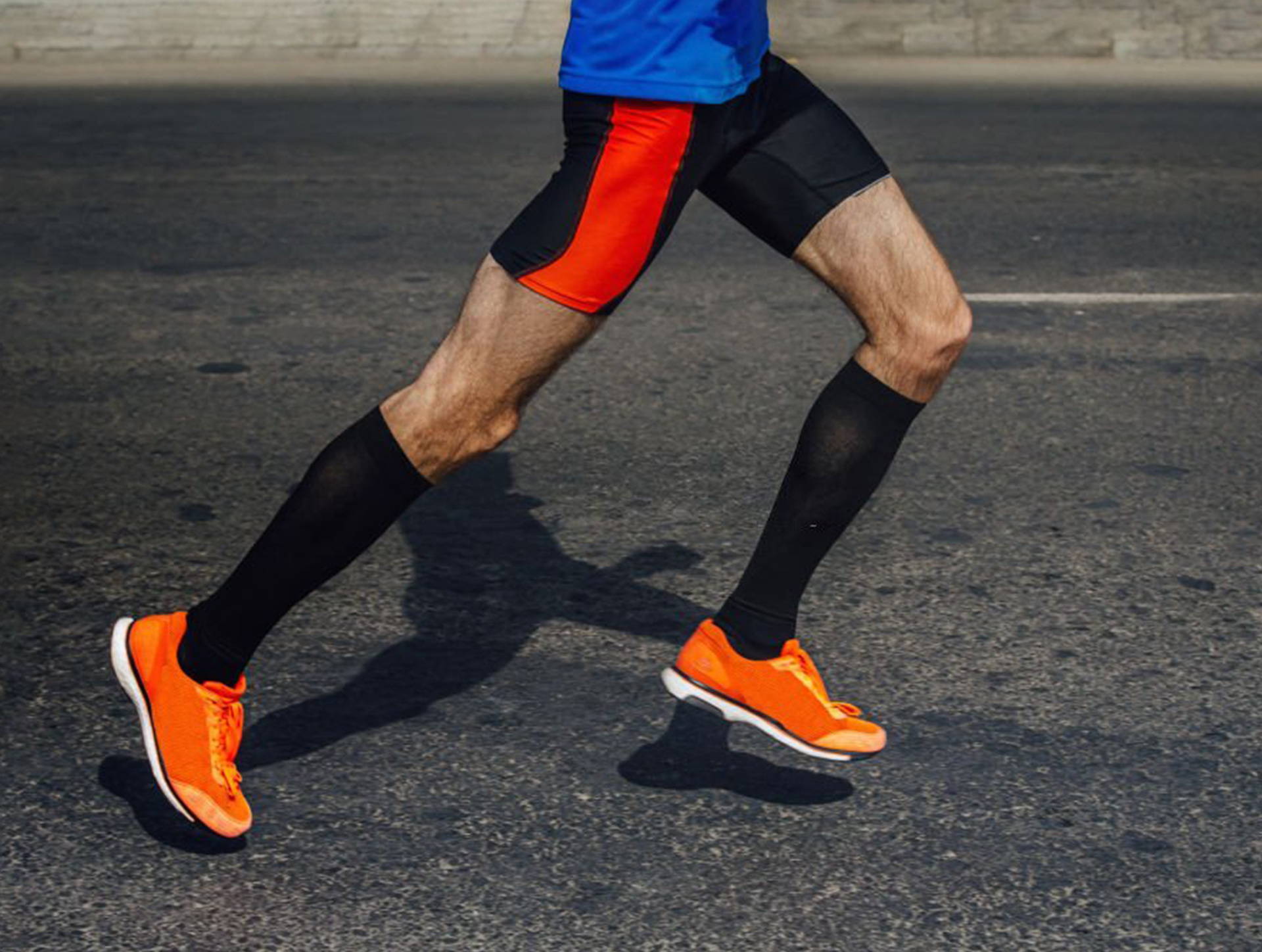
How to Measure for Compression Socks: A Comprehensive Guide
june 19, 2023 | 3 Mins Read
TABLE OF CONTENTS
Compression socks offer numerous benefits for individuals seeking improved blood circulation, reduced leg swelling, and enhanced athletic performance. However, to maximize these advantages, it is crucial to measure accurately for compression socks.
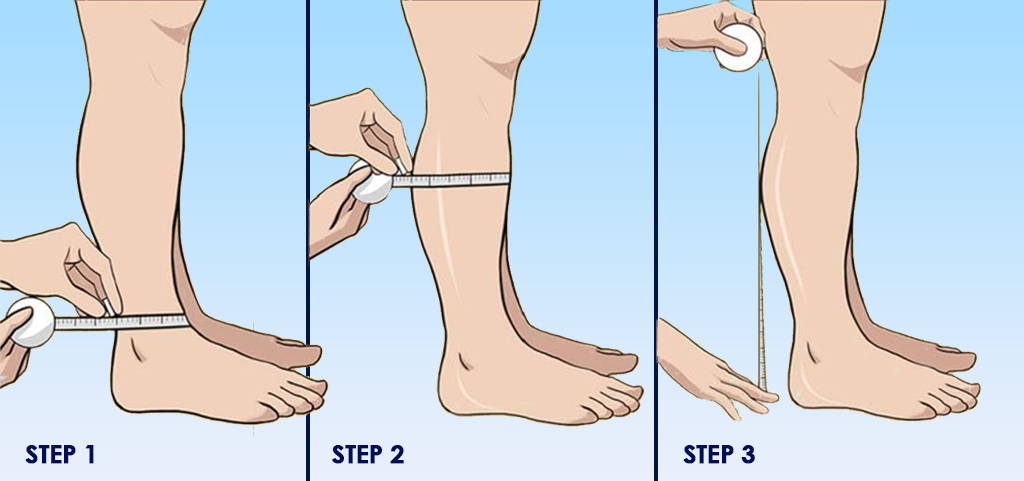
Accurate measurements are crucial for obtaining the right size of compression socks. Follow these step-by-step instructions on how to measure calves for compression socks and to measure the key areas properly:
When it comes to selecting compression socks, it is crucial to choose the right size based on your measurements. Wearing compression socks that are too tight can restrict blood flow and cause discomfort, while socks that are too loose may not provide the desired level of compression and therapeutic benefits.
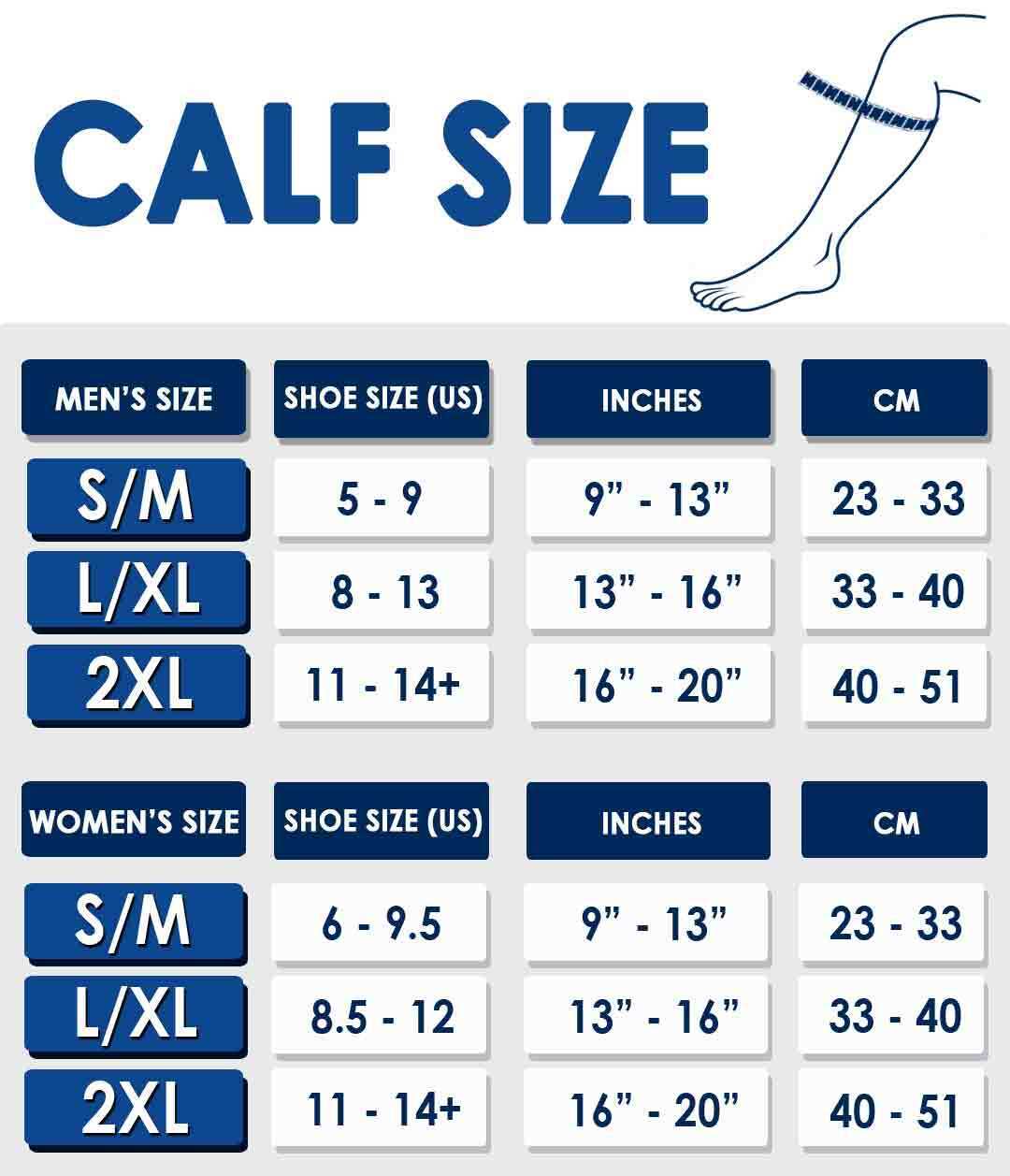
Once you have these measurements, you can compare them with the sizing chart provided by the manufacturer. Note that each manufacturer might have slightly different sizing charts, so always refer to the specific chart provided for the socks you're buying.
By carefully determining the appropriate size, you can experience the full advantages of compression therapy advantages of compression therapy including improved blood circulation, reduced swelling, and enhanced leg support.
If your shoe or calf size is not explicitly listed on the compression socks size chart, it's advisable to select the size that closely matches your measurements. Generally, compression socks are quite elastic and can adapt to slight variations in leg size. However, it’s crucial to ensure that the socks are not too tight or too loose, as this could compromise the efficacy of the compression.
If your foot measurement falls on the borderline between sizes, such as a women's size 6 or 12, or a men's size 10 or 13, you have options to consider. Depending on how shoes usually fit you, you can choose to size up or down. Additionally, remember to take your calf measurement into account when selecting the appropriate sock size.
If you're still unsure about which size to choose, it is advisable to opt for the smaller size that aligns with your measurements. The best compression socks for men and women should fit comfortably without being too tight. It is important to ensure a snug fit to fully enjoy the benefits of compression.
Yes, you should measure both of your legs. There can be slight differences in size between your two legs, and it's important to get the right fit for each leg to ensure the compression socks work effectively. You might find that you need different sizes for each leg, and that's perfectly fine. Some companies even offer mixed size pairs for this reason.
If you've recently experienced significant weight changes, it's advisable to re-measure your legs to ensure your compression socks are still the correct size for you. This is because weight gain can increase the circumference of your calves, ankles, and thighs, while weight loss can decrease these measurements.
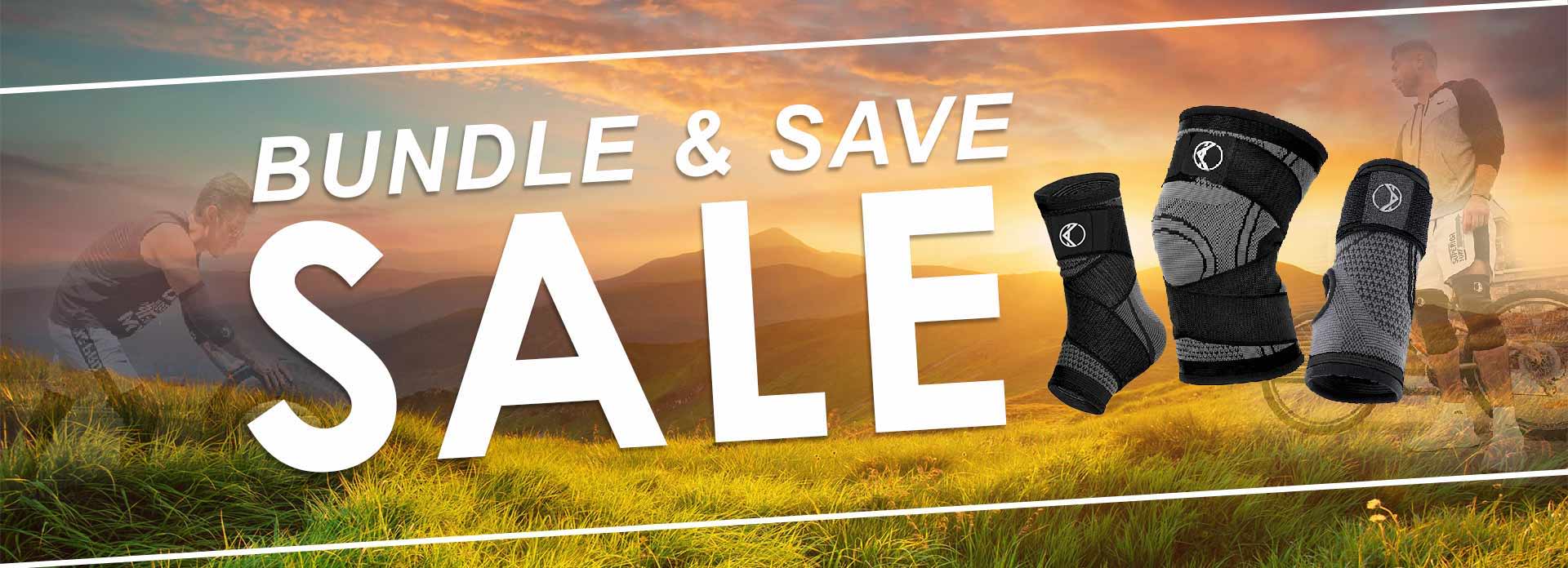

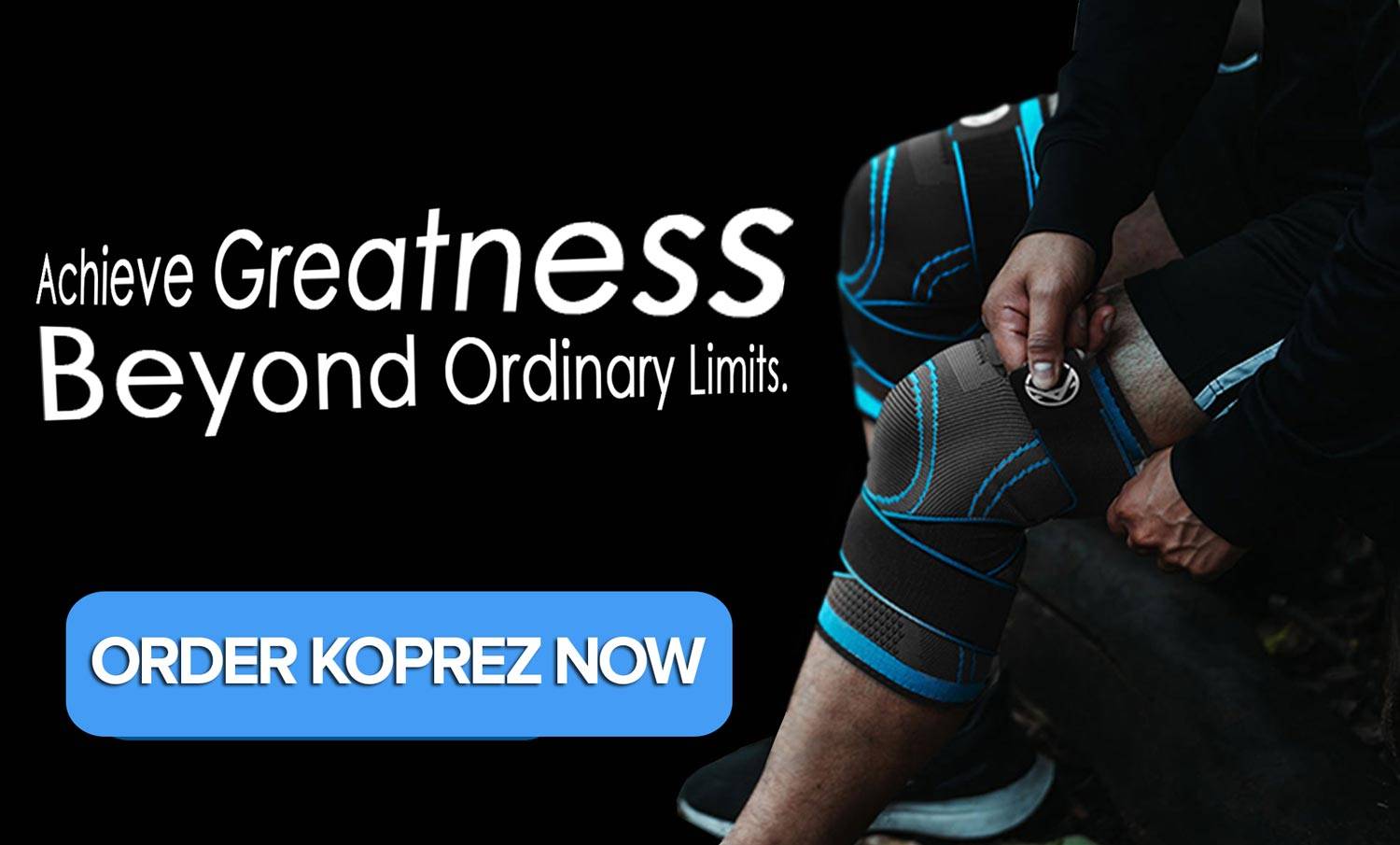



Author

Claire Evans worked as the content marketing manager at Koprez. Claire combined a background of writing and editing, marketing, and patient education to best serve consumers, fitness enthusiasts, athletes, and anyone who relies on the Koprez brand for helpful information.
Koprez® Featured Products
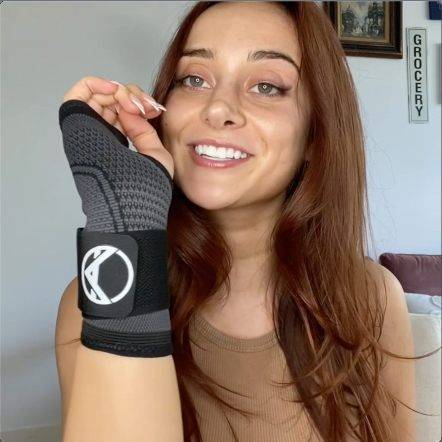

"I sprain my wrist super often, so I decided to try out this sleeve. This is game-changing! I've been using it for a while now, and my wrists feel amazing. I haven't gotten in any injuries since using it too. It just makes my wrists feel so supported."
Alexis A.
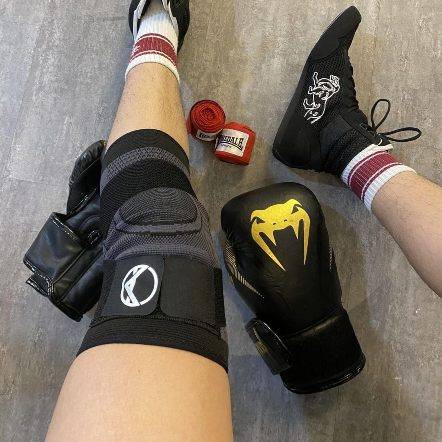

"Use this for my boxing training. It is a very comfortable brace and does not move out of position during skipping ropes and sparring sessions. I use it while running too. Probably the best brace I've purchased throughout the years. It is very flexible. Makes me look like a pro! :)"
Samuel L.


"I've just got back to running after a couple of years of being plagued by injury. These compressions socks are helping give me peace of mind while I build up my distance again. They are the perfect level of compression, super comfy, and very high quality. Feel great while on a run, and looks great in the orange colour I have!"
Dave R.
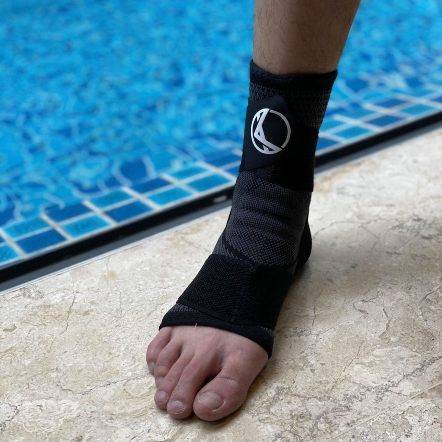

"I have a weak ankle, and the Koprez ankle sleeve has been a lifesaver. Wear it every day. Super breathable and comfortable. Like wearing a cool sporty looking sock!"
James F.
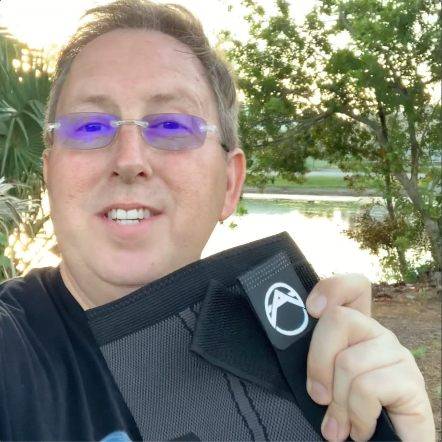

"This is the best knee sleeve I've ever tried. It's now a must-have for all my exercises. A few years ago, I had an accident that damaged my knees, but with Koprez I can be active again with no knee pains at all. It's been truly amazing!"
Alex M.
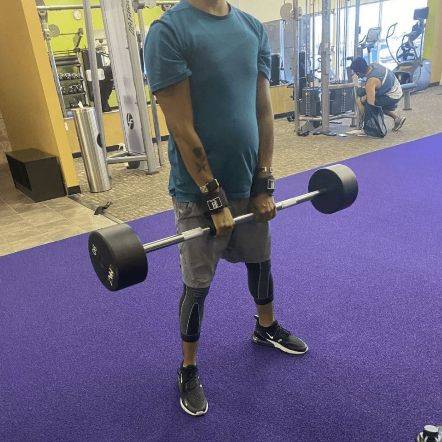

"One of the best purchases I've ever made. It fits your legs all the way from top to bottom, great snug fit, gives you support and definitely helps during rehab and training."
Rafael A.
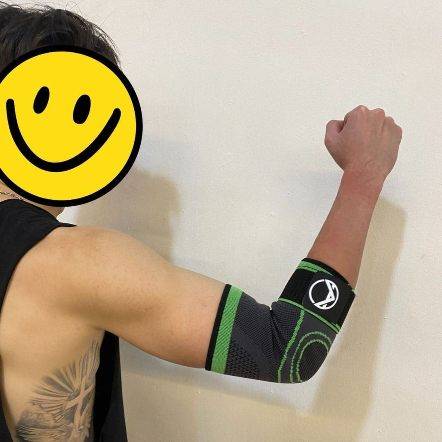

"I had a minor elbow injury, and Koprez sleeve was super supportive and definitely helped me recover faster. I still use the sleeve to prevent further injury. So far, so good. Very comfortable and does not feel hot at all. Highly recommend!"
Corey B.
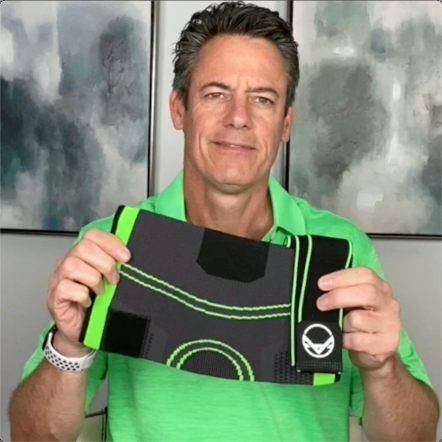

"It's really been a game-changer for me. It allows me to exercise a lot longer than I used to. Now my knees don't hurt, and they're not uncomfortable at all."
Mike P.


"Great product!!"
Harold
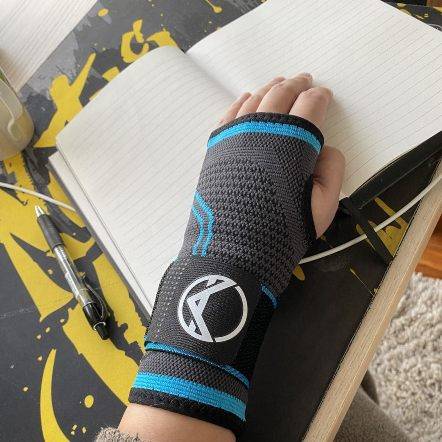

"I have carpal tunnel, and this brace has helped me work pain-free. Love the materials, and I can feel my wrists slowly getting better, even when I don't wear them!"
Christopher J.
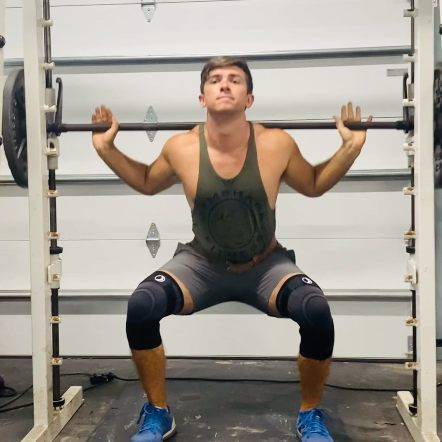

"I wanted to try out these sleeves to improve my squats and deadlift in the gym without worrying about injuring my knees. They stayed up throughout the entire gym session, and my knees feel super supported. Now I can do what I love for years to come. "
Corbin C.